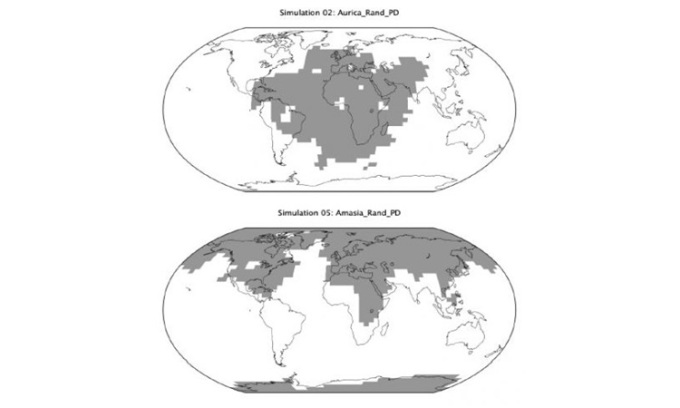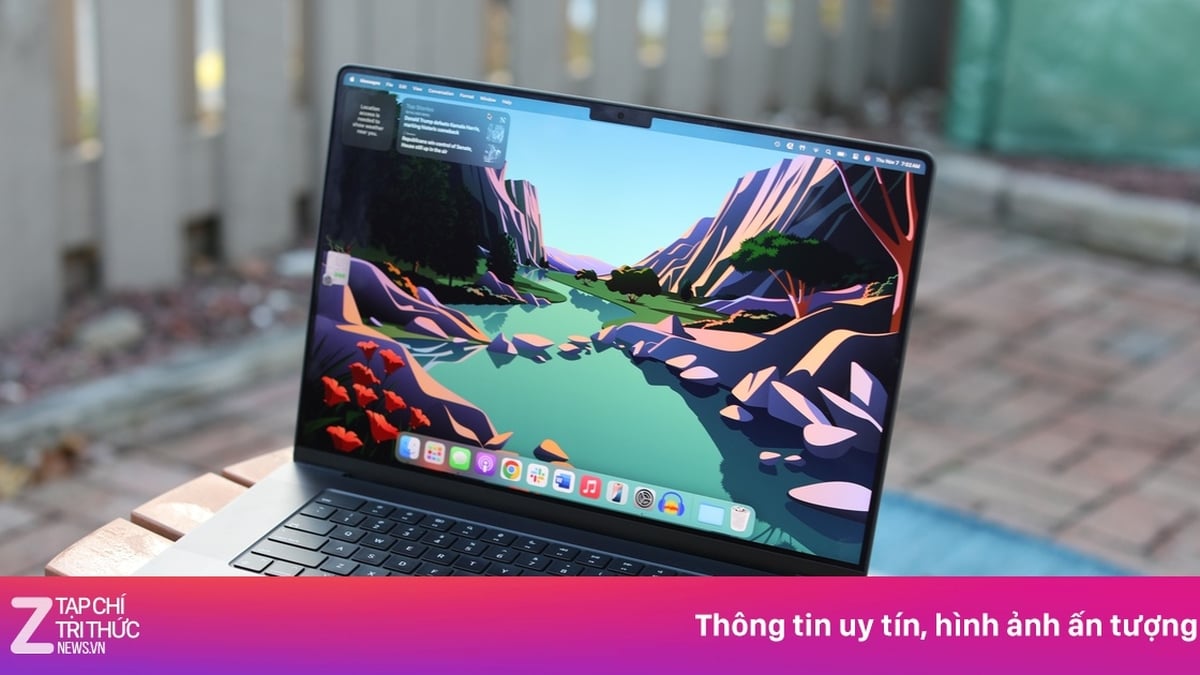Experts predict that a supercontinent could form on Earth in hundreds of millions of years in two ways, leading to very different climatic conditions.

Sketch of the shape of two possible supercontinents in the future. Photo : Way et al. 2020
200 million years ago, the supercontinent Pangaea broke apart, creating the continents we see today on Earth, separated by giant oceans. It is likely that another supercontinent will form on the planet in the future, according to IFL Science .
It's hard to say what this supercontinent will look like, but scientists suspect that all the continents except Antarctica could merge around the north pole in about 200 million years, creating a new supercontinent called Amasia. Another possibility is that all the continents will merge around the equator in about 250 million years, leading to the formation of the supercontinent Aurica.
Depending on which of these scenarios actually occurs, Earth’s global climate would be very different. In 2020, a team at Columbia University’s Earth Institute attempted to model the climate of a potential supercontinent in the distant future and presented their results at a meeting of the American Geophysical Union.
In the case of Amasia, the entire planet would enter an Ice Age. Current conditions on Earth allow heat to travel from the equator to the poles via winds and ocean currents, but without land along the way, this heat would not be able to reach the poles as easily. As a result, the poles would be much colder and covered in ice year-round. In addition, the increased number of ice shelves would act as mirrors, reflecting sunlight back into the atmosphere, a phenomenon called the ice albedo effect, which would further cool the planet.
“There will be more snow,” said Dr. Michael Way, lead author and physicist at NASA’s Goddard Institute for Space Studies. “The ice albedo effect will effectively cool the planet.”
In Aurica’s case, the situation is very different. The land mass closer to the equator absorbs more sunlight there, leading to higher temperatures. This effect is amplified by the absence of the polar ice caps responsible for reflecting heat away from the Earth’s atmosphere. The result is a strip of land that resembles the beaches of South America with a drier interior.
The model also suggests that liquid water would exist over about 60% of Amasia, compared to 99.8% of Aurica. The team says the information could help astronomers searching for habitable planets that could host liquid water in the Milky Way.
An Khang (According to IFL Science )
Source link































![[Photo] National Assembly Chairman Tran Thanh Man visits Vietnamese Heroic Mother Ta Thi Tran](https://vphoto.vietnam.vn/thumb/1200x675/vietnam/resource/IMAGE/2025/7/20/765c0bd057dd44ad83ab89fe0255b783)



































































Comment (0)